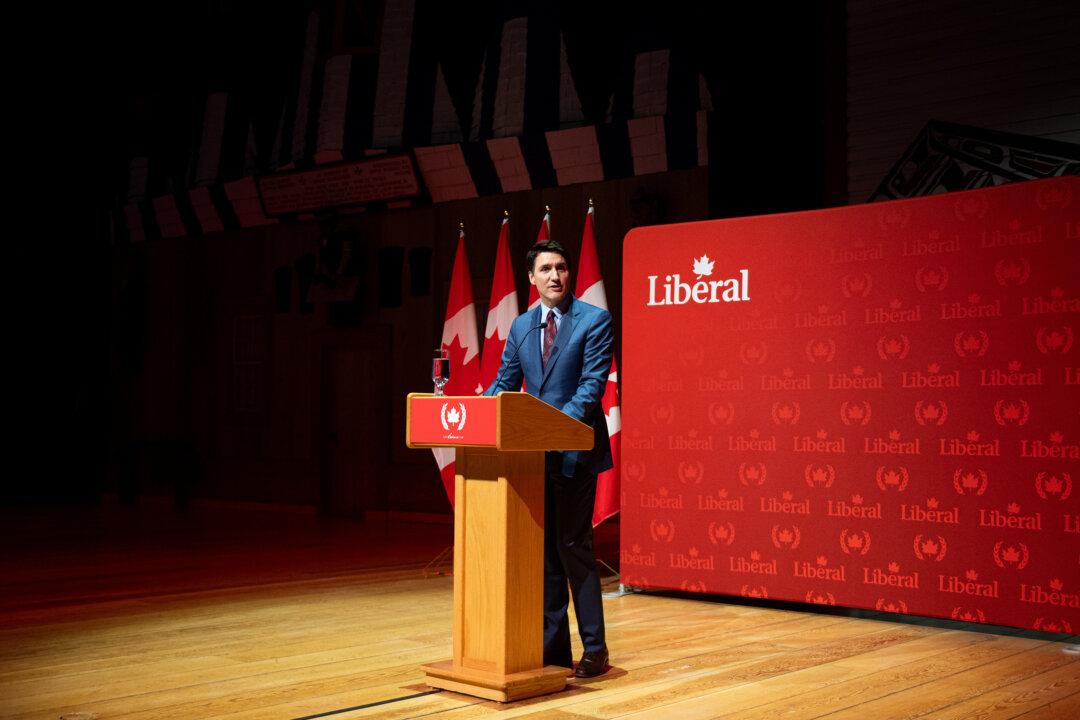“While COVID’s effect on the economy has certainly contributed to the rising cost of goods and services, if central banks and governments continue their aggressive policies, higher inflation could persist even after the pandemic subsides,” said Steven Globerman, professor emeritus at Western Washington University and resident scholar at the Fraser Institute.
The report examined the current factors causing inflation and upcoming factors that could create inflationary pressures in the longer term.
To put things into perspective, the report looked at inflation data from the past 50 years and showed that in 1971, which began a decade of high inflation (8.06 percent), inflation in Canada was at 2.7 percent. The current rate is 4.7 percent.
In the United States in 1971, inflation was at 4.3 percent and it is currently at 6.2 percent.
The report said this doesn’t mean that inflation is necessarily on course to repeat what was experienced in the 1970s and 1980s, but that “it is a caution that seemingly transitory episodes of inflation can evolve relatively quickly into more sustained and more rapid inflation if appropriate policy measures, particularly monetary policies, are not implemented.”
While the report recognizes that the issue of low supply can create inflationary pressures, as in the 1970s when the price of oil skyrocketed, it examined oil prices and inflation over time and concluded that the correlation in this domain has not been persistent.
“The weak statistical relationship between the WTI [Western Texas Intermediate oil] price and inflation subsequent to the experience of the mid-1970s to mid-1980s is underscored by the weak and negative correlation coefficient (−0.156) between the WTI price and inflation over the period from 1985 to 2020: essentially, there is no correlation,” the report says.
This suggests that “supply side shocks can have short-run effects on inflation but that the longer-run effects are moderated by adjustments made by market participants, that is, in the case of crude oil, a reduction in the intensity of oil usage in the U.S. economy,” it said.
The report considers factors other than supply that will likely have an impact on rising inflation in the coming years, such as slower economic growth spurred by a lower birth rate and government policies unfavourable to businesses.
“A decrease in the rate of growth of the labour supply seems a demographic certainty that might be augmented by increases in payroll and personal income taxes,” it says. “At the same time, an increasingly unfavourable environment surrounding corporate investment argues against expecting an offsetting increase in the rate of growth of labour productivity.”
Monetary Policy
“If central banks want to ensure that today’s higher inflation is transitory, they need to stop injecting unprecedented amounts of money into the economy and return to a more measured monetary policy,” Globerman said in a news release.The report says “massive” government pandemic support programs—from revenue support for workers and businesses to backing bank loans and insuring mortgages—were financed by the central banks, which bought government bonds, and the money borrowed was converted into commercial bank deposits by the programs’ beneficiaries, leading to a sharp increase in the money supply.
“Absent a sharp reversal of central bank programs of quantitative easing, forecasts that inflation will return to the 2 percent target rate of central banks by mid-2022 at the latest are likely to prove spectacularly wrong,” it said.
The report said some oppose changing current monetary policies given that a correction would seriously increase debt levels and discourage the government from borrowing to fund “income-support programs, green energy initiatives, and other government priorities.”





